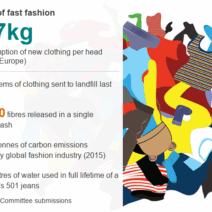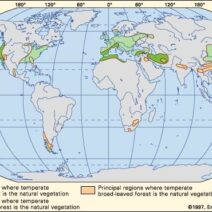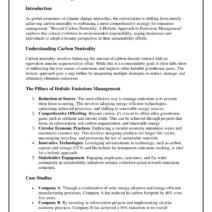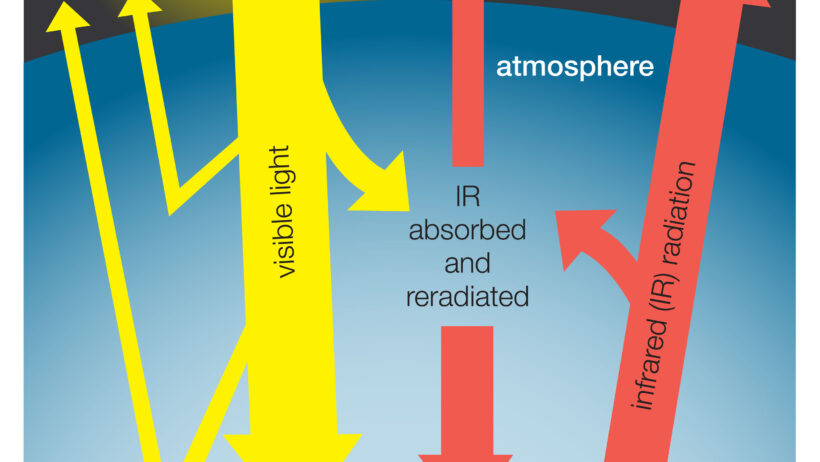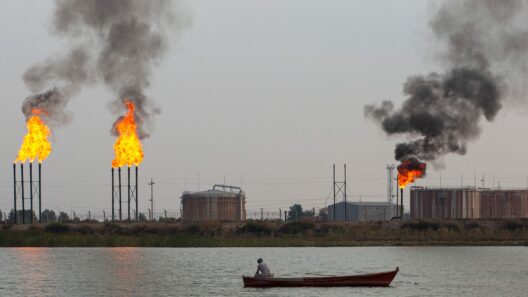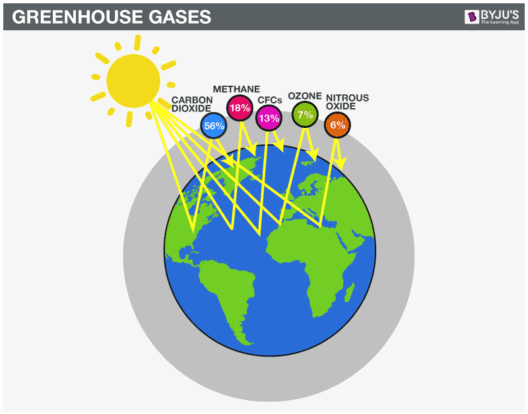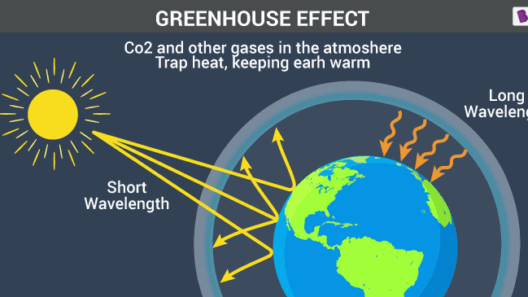The greenhouse effect is a naturally occurring phenomenon that is fundamental to life as we know it on Earth. However, human activities have significantly exacerbated this effect, leading to alarming climatic changes. Understanding the greenhouse effect and the role greenhouse gases play is vital for everyone concerned about the planet’s future.
In essence, the greenhouse effect is the process by which certain gases in the Earth’s atmosphere trap heat from the sun. This leads to a warming of the planet that enables life. Without the greenhouse effect, the average temperature of the Earth would be around -18 degrees Celsius (0 degrees Fahrenheit), far too frigid to support most forms of life. The key players in this process are greenhouse gases, which include carbon dioxide (CO2), methane (CH4), nitrous oxide (N2O), and water vapor (H2O). Each of these gases has unique properties and contributes differently to the warming effect.
While the greenhouse effect is essential, it is important to recognize that the levels of greenhouse gases have risen dramatically due to human activities, notably fossil fuel combustion, deforestation, and industrial processes. This surge in greenhouse gas concentrations has led to an intensification of the greenhouse effect, resulting in global warming and its associated climatic disruptions.
The Role of Greenhouse Gases in Climate Regulation
Greenhouse gases play a critical role in regulating Earth’s climate. They absorb infrared radiation emitted by the Earth’s surface, preventing it from escaping back into space. This process retains heat within the atmosphere, thereby warming the planet. Among these gases, carbon dioxide is the most notable due to its long-lived presence in the atmosphere and its significant role in the carbon cycle.
Carbon Dioxide (CO2) and Its Impact
As one of the primary greenhouse gases, carbon dioxide results predominantly from burning fossil fuels like coal, oil, and natural gas for energy. Additionally, deforestation decreases the number of trees available to absorb CO2, further amplifying its concentration in the atmosphere. The heightened levels of CO2 are a significant driver of the enhanced greenhouse effect, contributing to rising global temperatures.
Methane (CH4): A Powerful Warming Agent
Methane is another potent greenhouse gas, boasting a global warming potential many times greater than CO2 over a 20-year period. It is released during the production and transport of coal, oil, and natural gas, as well as from livestock, agricultural practices, and landfills. Though methane remains in the atmosphere for a shorter duration than carbon dioxide, its immediate effects on warming are much more severe.
Nitrous Oxide (N2O) and Its Agricultural Links
Nitrous oxide is primarily emitted from agricultural and industrial activities, as well as during combustion of fossil fuels and solid waste. Although it exists in smaller quantities compared to CO2 and CH4, its global warming potential is approximately 298 times greater than that of carbon dioxide over a century. This compound has become a significant concern due to its close association with fertilizer use and effective nitrogen management in agriculture.
Water Vapor (H2O): The Unsung Hero
Water vapor is unique among greenhouse gases as it is naturally present in the atmosphere. It plays a dual role: while it is a significant greenhouse gas, its concentration is primarily regulated by temperature. As the Earth’s temperature rises, higher levels of water vapor can lead to further warming—reinforcing a feedback loop in the climate system. This amplifying effect illustrates the complexity of greenhouse gas interactions and their overarching impact on climate dynamics.
Unraveling the Consequences of the Enhanced Greenhouse Effect
The escalation of greenhouse gases in the atmosphere poses significant risks for ecosystem stability and human health. As global temperatures rise due to the intensified greenhouse effect, we witness an array of changes, including altered weather patterns, increased frequency and severity of storms, rising sea levels, and disruptions to food supply chains. Furthermore, shifts in biodiversity—manifesting as species extinction and habitat loss—raise alarms about the long-term health of our planet.
Addressing a Critical Buyer Concern
One of the primary concerns for consumers today relates to the impact of greenhouse gases on their health and environment. Understanding the sources and effects of these gases can empower individuals, communities, and businesses to make informed decisions about energy consumption, waste management, and sustainable practices. Awareness of how lifestyle choices contribute to greenhouse gas emissions can guide personal actions toward fostering a healthier environment.
The Journey Towards Mitigation Strategies
To combat the negative effects of greenhouse gases, numerous strategies can be employed. Transitioning to renewable energy sources, such as solar and wind power, reduces reliance on fossil fuels and decreases emissions. Moreover, enhancing energy efficiency in homes and industries can mitigate overall energy consumption and emissions. Additionally, increasing afforestation and sustainable land management practices helps absorb existing carbon dioxide from the atmosphere, allowing for a natural counterbalance to emissions.
In conclusion, understanding the greenhouse effect and the role of greenhouse gases in our atmosphere is crucial in addressing today’s environmental challenges. Recognizing the sources and implications of these gases enables individuals and policymakers alike to take informed steps toward a more sustainable future. Every action counts, as we strive to maintain the delicate balance that sustains life on Earth.
